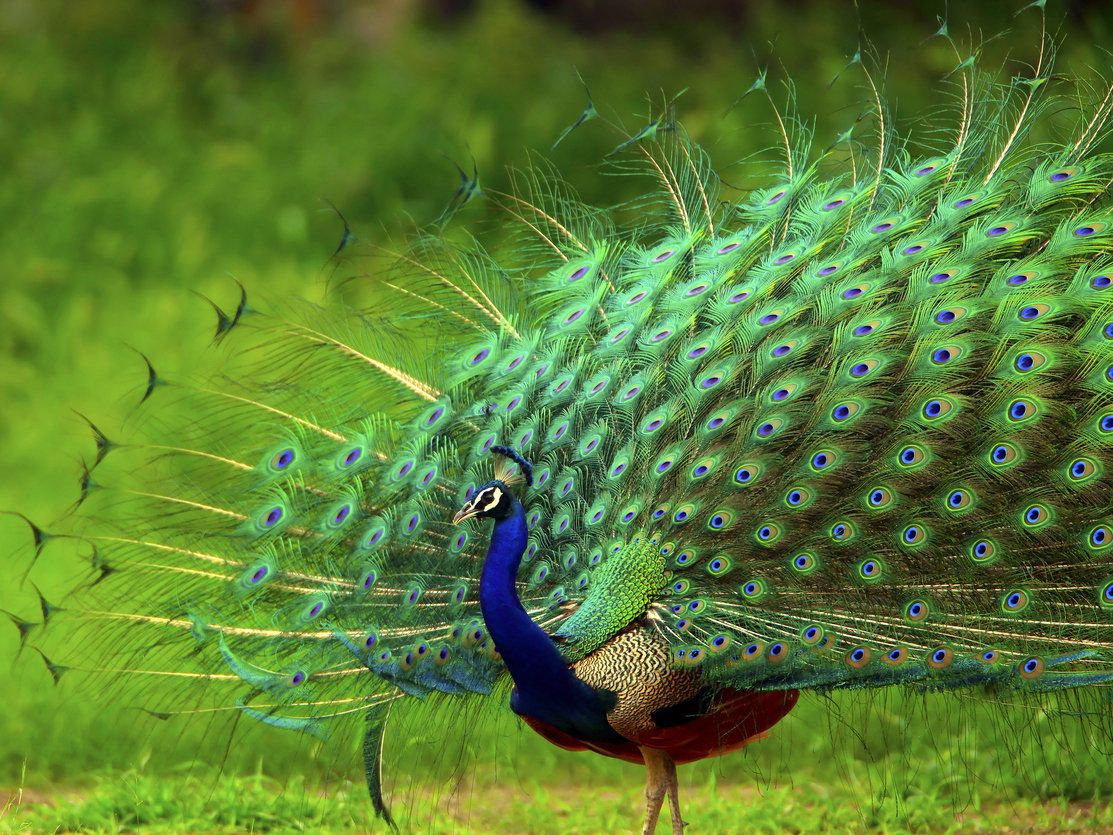Standing majestically and reflecting the essence of pride, these beautiful birds have fascinated humans throughout the ages. There’s a lot to learn and in this post, you’ll discover the ultimate list of facts about peacocks.
Hybrids can tolerate cold weather
Ever wonder why peacocks can survive in cold countries when their natural habitat is actually tropical rainforests? That’s because these are hybrids of green and Indian peafowl which look very similar to the real green peafowl. Unlike the real green peafowl who is cold-intolerant, they can easily live in cold places. These hybrids are called “Spaldings” after the person to first successfully hybridize them, Mrs. Keith Spading.
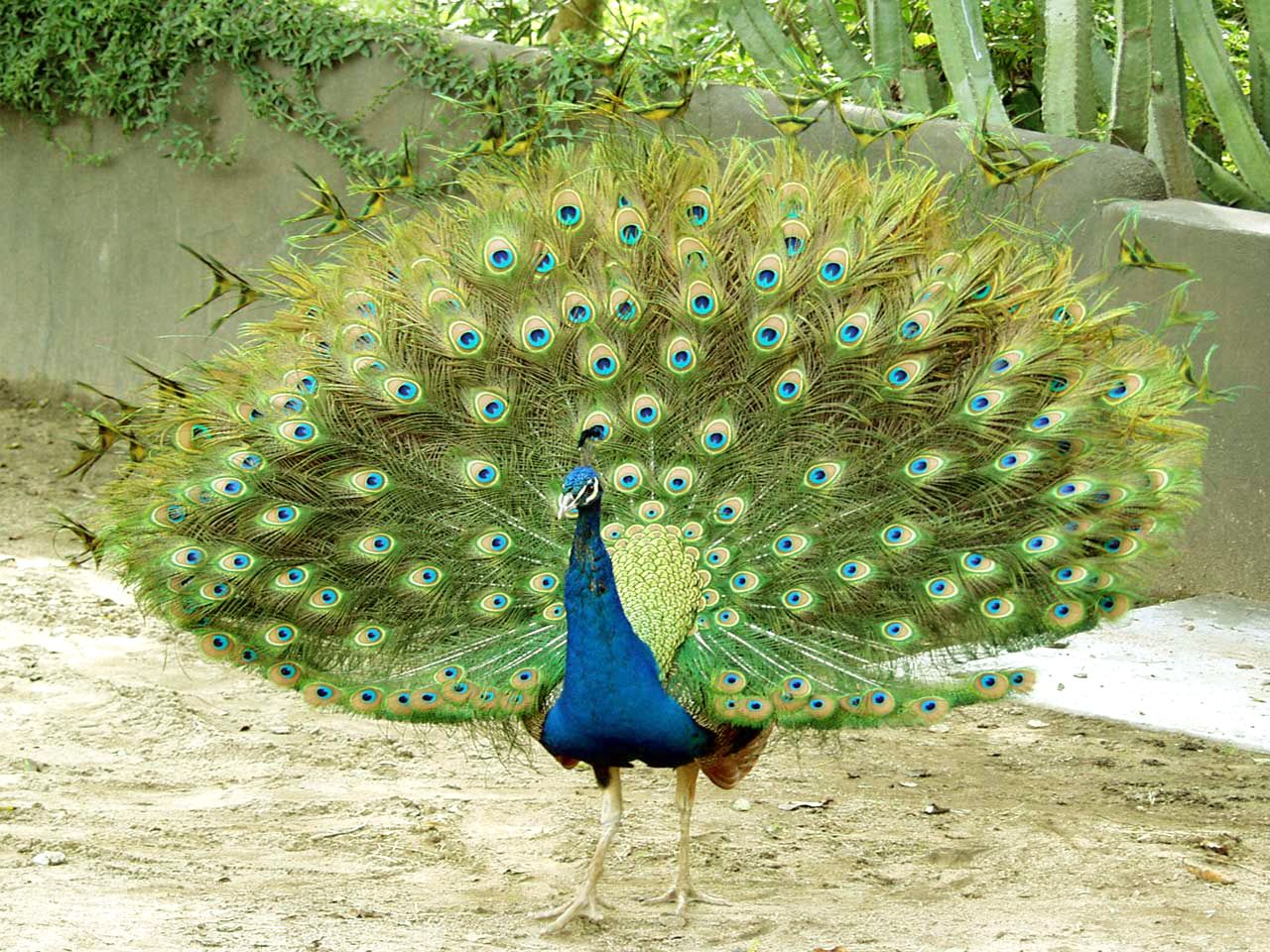
Тhey prefer a specific type of habitat
Even though peafowls can be found all over the world, they especially prefer their natural habitat which is forests and rainforests. They nest on the ground but roost in trees.
It’s not really their name
Did you know that only the male birds are referred to as “peacocks?” The general name of the bird is the Peafowl and the female name is the Peahen. Finally, when a young peafowl bird is born, it’s referred to as a Peachick. Peacock is usually the general name given to birds with amazing feathers, regardless of their sex or age.
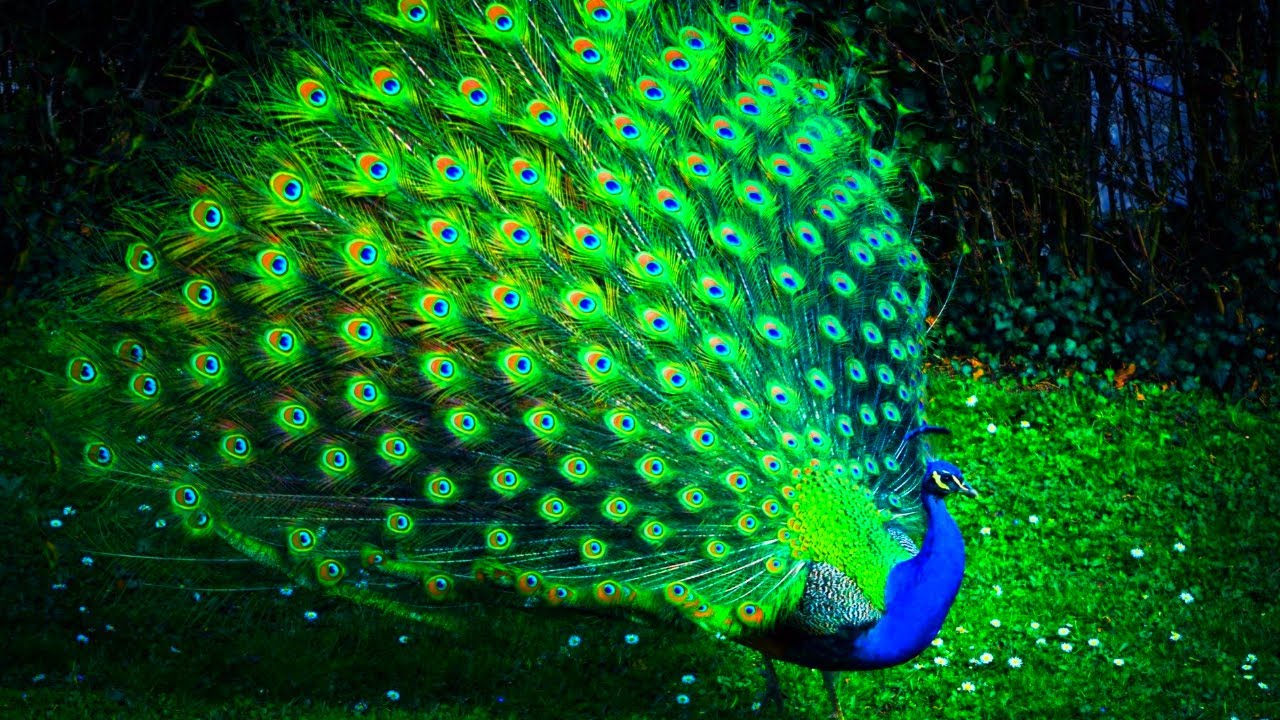
You wouldn’t know when they are born
When peafowls are born, the peacocks and peahens look the same! You wouldn’t know until after about 6 months, because that’s when the peacocks start to change colors and start to develop their amazing trains. The color of newly born peachicks is about the same for all 3 species and ranges from yellow to tawny. They mostly have spots of brown, light tan, and ivory color as well.
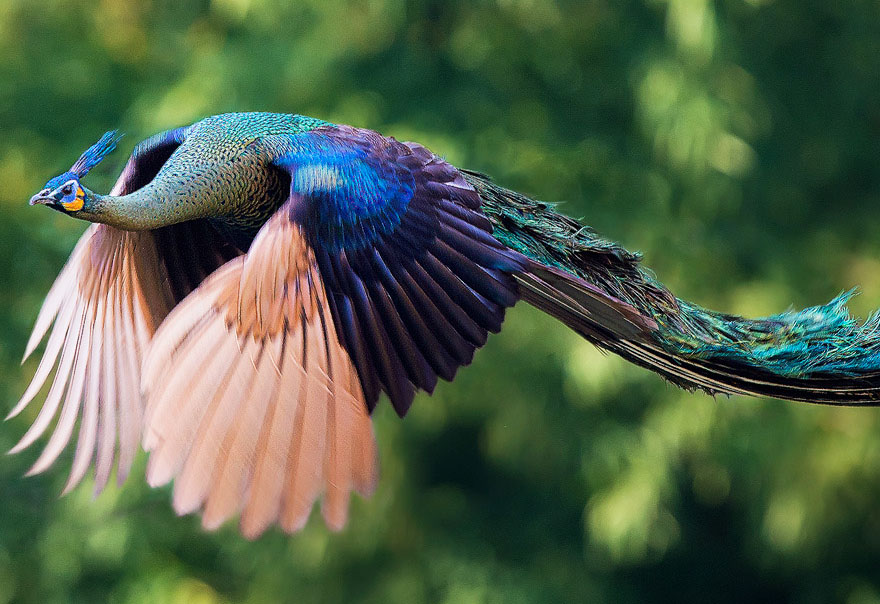
They produce infrasonic sounds
Apart from the amazing visual display, there is something much deeper going on when the peacocks flaunt their amazing trains. A study has shown that they can produce an infrasonic sound that human beings can’t hear, and both peacocks and peahen respond to it. This simply means that apart from what we see during the mating ritual, the peacock’s train is actually a multimodal signal to attract peahens and warn other peacocks not to interfere with their business.
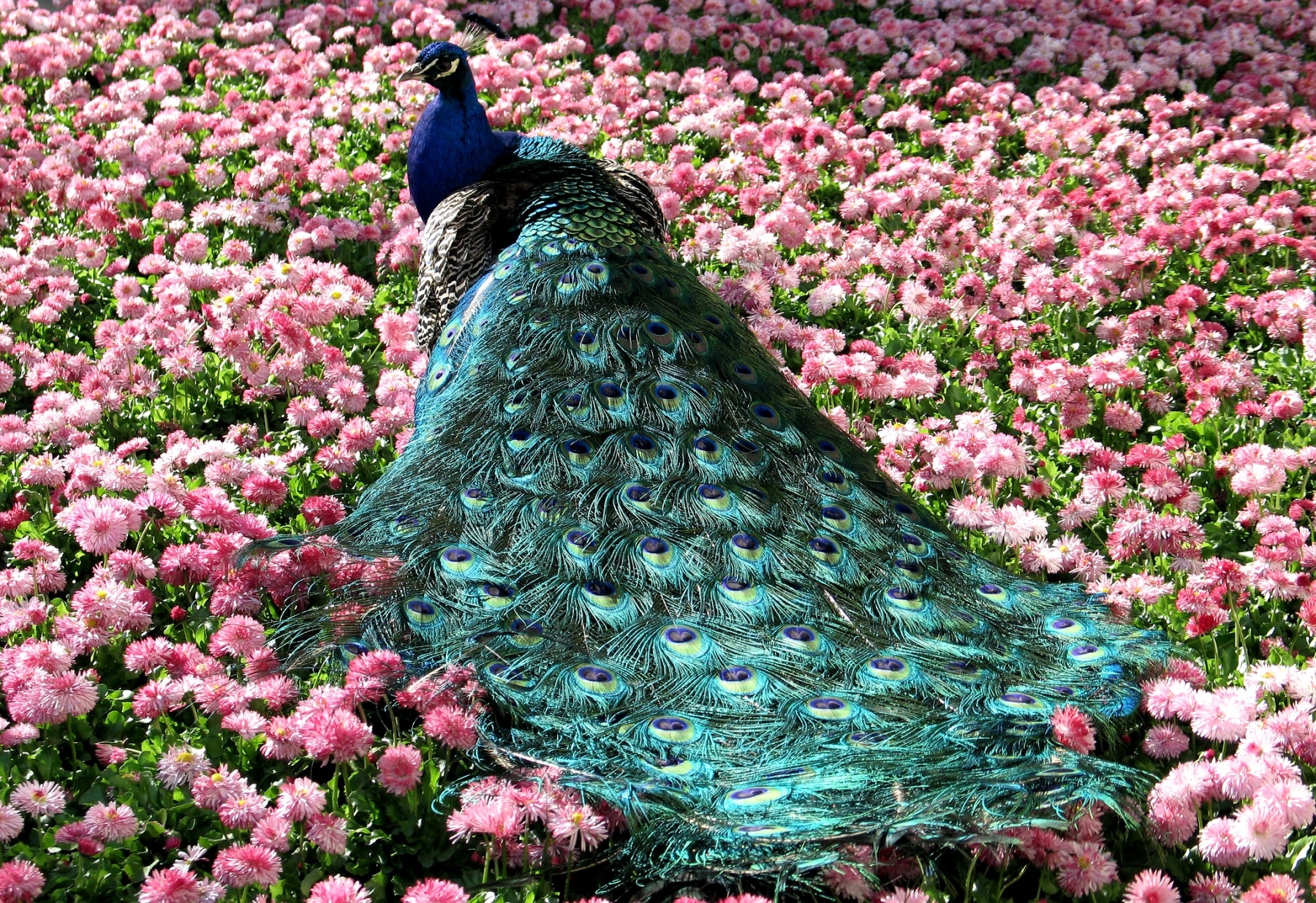
Indian Peacocks and peahens differ in many ways
The Indian peacocks indeed stand out for their amazing train, which Indian peahens don’t possess. Apart from that, they also look rather dull and grey or brown. Indian Peacocks can be as much as twice the size of their female counterparts. Remarkably, green peahens are about the same size as green peacocks. They only differ in that they have shorter upper tail coverts, a more coppery neck, and overall less iridescence.
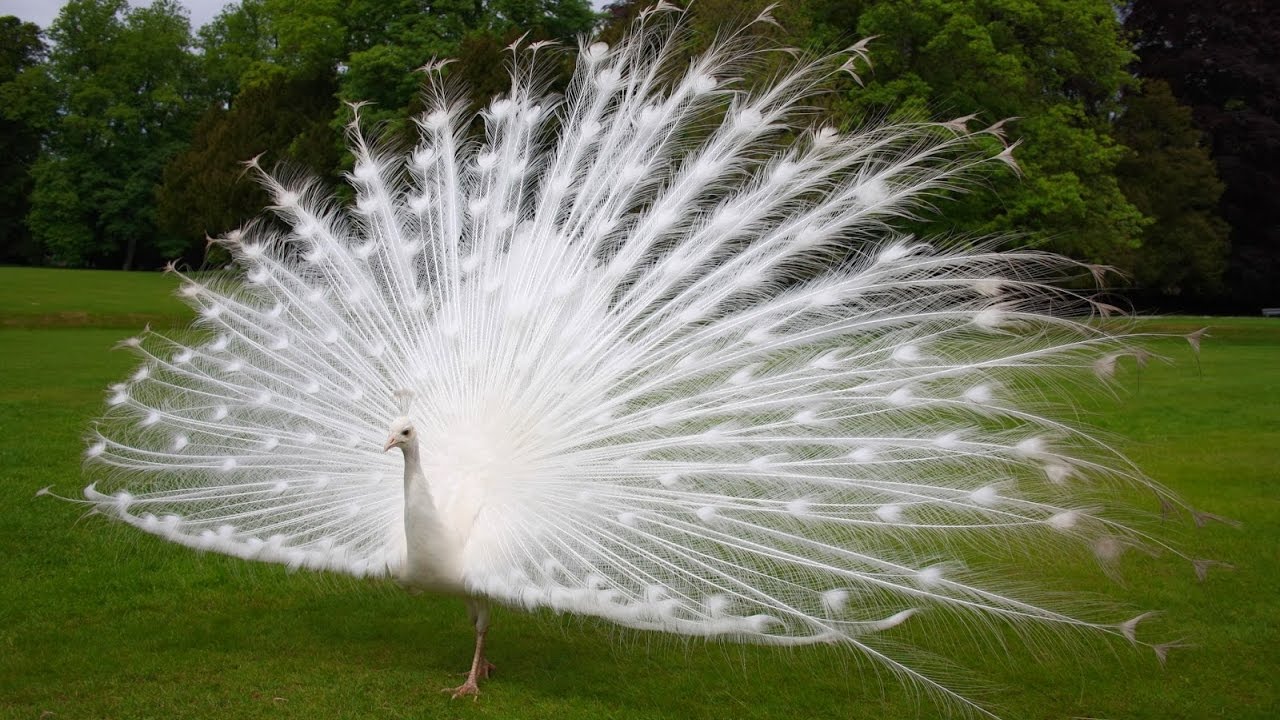
They can live very long
The peacocks and peahens that are held in parks and zoos all around the world can live up to 50 years. In the wild, however, their lifespan is cut short because of all the dangers they face, and usually have an average lifespan of about 20 years.
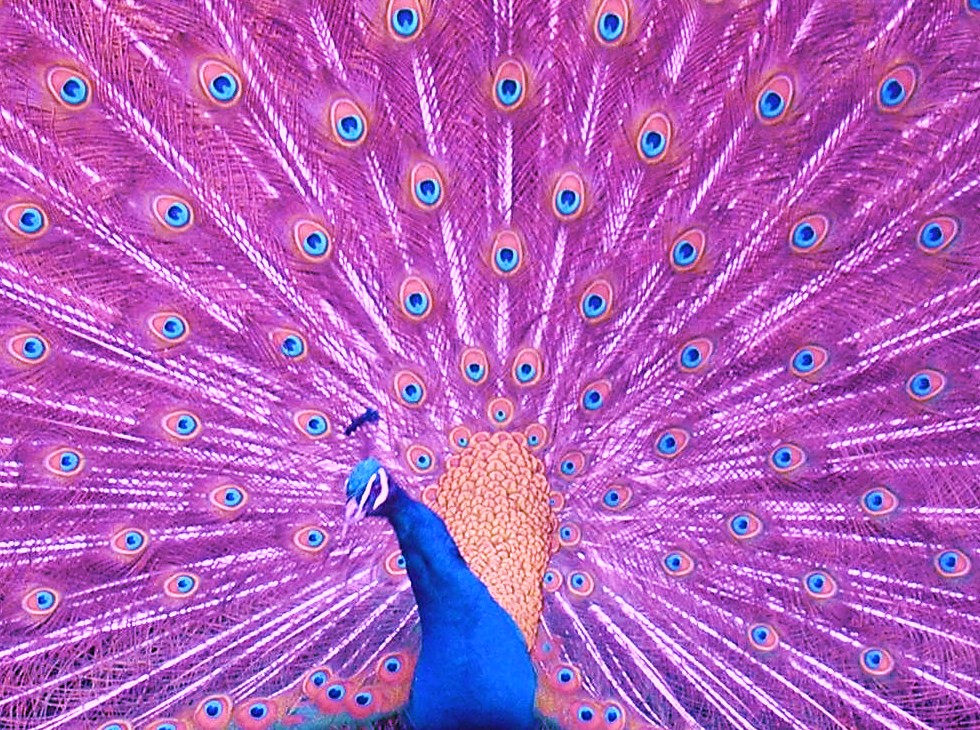
The train is used to attract females
As you might have suspected, the peacock’s amazing train is used to lure peahens into its harem. The more amazing the train looks, the more peahens that will be attracted to the peacock. A study has shown that females pay attention to certain areas of the train during the mating ritual, which confirms Charles Darwin’s theory regarding sexual selection.
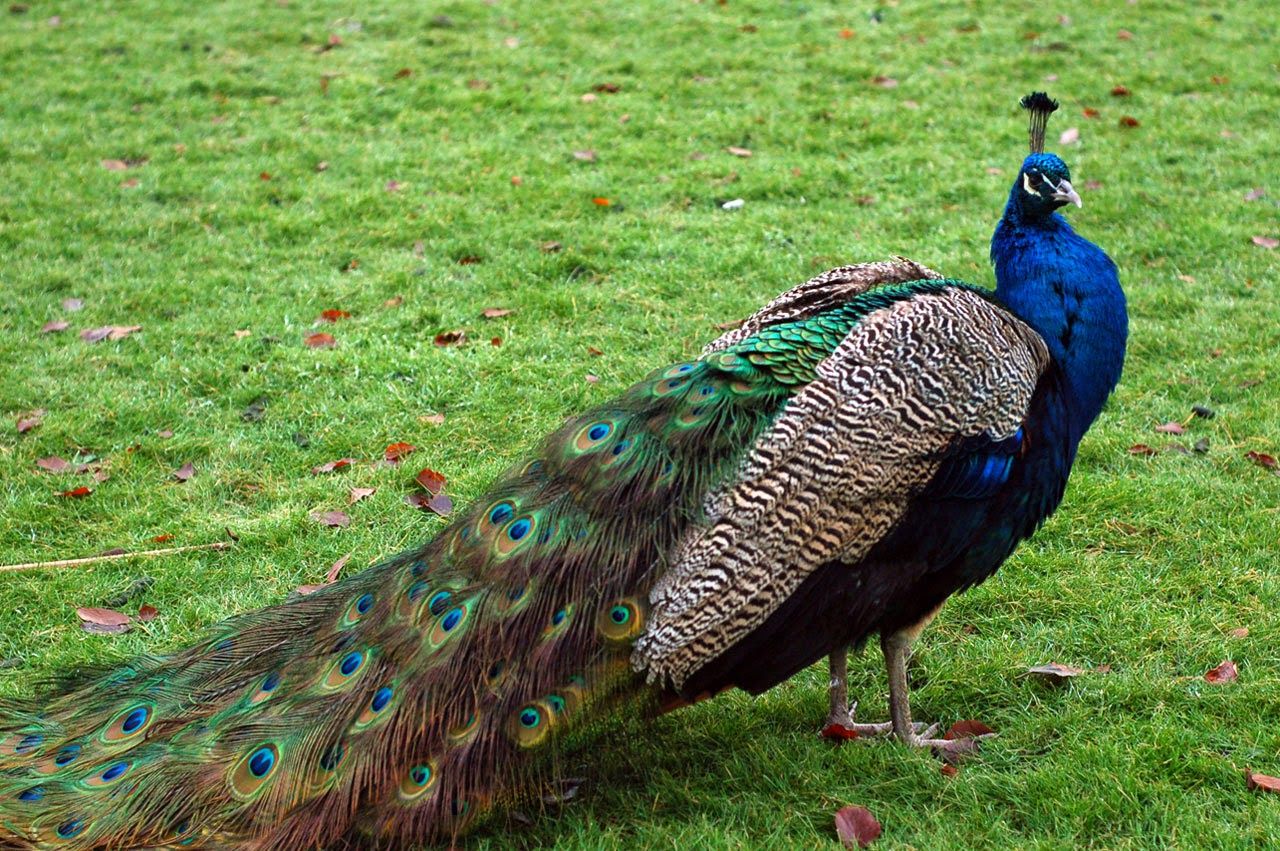
They eat just about everything
Peafowls are true omnivores and will eat just about anything that they can stomach. This includes various sorts of plants, flowers, seeds, insects, arthropods, reptiles, and much more.
